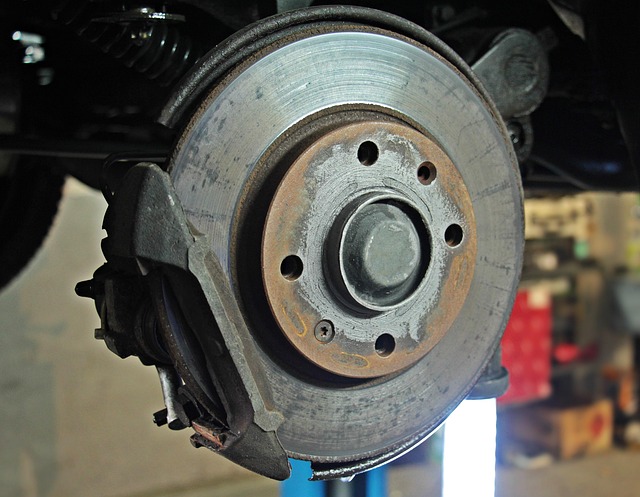Analyzing historical data on seatbelt failure patterns helps auto body services improve repair quality and enhance passenger safety. This data enables targeted improvements, efficient inventory management, precise part forecasting, and tailored service offerings based on regional differences. By prioritizing customer safety with up-to-date, compatible parts, shops foster trust and maintain high standards in the seatbelt repair replacement process.
In today’s automotive landscape, ensuring the quality of seatbelt repair replacements is paramount for customer safety. This article delves into the transformative power of leveraging seatbelt repair replacement data to enhance service quality. We explore critical aspects such as analyzing failure patterns for more effective repairs and efficient inventory management through streamlined data processes. By focusing on accurate replacement parts, we not only boost customer satisfaction but also contribute to a safer driving experience.
- Analyzing Seatbelt Failure Patterns for Better Repairs
- Efficient Inventory Management Through Data
- Enhancing Customer Safety and Satisfaction with Accurate Replacement Parts
Analyzing Seatbelt Failure Patterns for Better Repairs

Analyzing seatbelt failure patterns is a critical step in enhancing service quality for seatbelt repair replacement. By studying data on past failures, auto body services can identify common issues and design more effective solutions. For instance, understanding whether seatbelts are failing due to material defects, manufacturing flaws, or normal wear and tear can lead to targeted improvements in the repair process. This data-driven approach allows for more precise and lasting repairs, ensuring passenger safety without unnecessary costs associated with auto glass repair or dent repair.
Moreover, recognizing regional differences in failure rates can help tailor service offerings. Certain areas might experience higher risks of seatbelt malfunctions due to environmental factors or specific driving conditions, prompting the provision of specialized services such as reinforced seatbelt replacements. This proactive analysis not only improves customer satisfaction but also reduces instances of future failures, thereby fostering a safer automotive environment.
Efficient Inventory Management Through Data

Efficient inventory management is a cornerstone of successful auto body repairs, and seatbelt repair replacement data plays a pivotal role in this process. By analyzing historical data on common seatbelt issues and their solutions, automotive restoration experts can optimize their stock levels, ensuring that the most frequently needed parts are always available. This proactive approach minimizes delays in service, enhancing customer satisfaction.
Moreover, leveraging seatbelt repair replacement data allows for precise forecasting of future part requirements. Mechanics can predict trends and anticipate the need for specific repairs, whether it’s due to aging vehicles or new safety standards. This enables auto body repairs to streamline their procurement processes, saving time and money while maintaining high-quality service standards.
Enhancing Customer Safety and Satisfaction with Accurate Replacement Parts

In the realm of automotive service, ensuring customer safety is paramount. One effective strategy to achieve this is by implementing precise and accurate seatbelt repair replacement practices. When an auto body shop handles seatbelt repairs, using up-to-date data on replacement parts can significantly enhance both customer satisfaction and safety. This involves utilizing specialized software or databases that track the latest manufacturers’ specifications for seatbelt components, ensuring that only genuine and compatible parts are used in repairs.
Accurate replacement parts are crucial, especially considering the vital role seatbelts play in car bodywork’s overall safety system. By ensuring the right parts are used, auto glass repair experts can prevent any potential issues or complications during the repair process. This meticulous approach not only guarantees the structural integrity of the vehicle but also instills confidence in customers who rely on these critical safety features, fostering a positive perception of the services provided by the shop.
By leveraging seatbelt repair replacement data, service providers can significantly enhance their operational efficiency and customer satisfaction. Analyzing failure patterns, optimizing inventory management, and ensuring accurate part replacements all contribute to improved safety standards. This data-driven approach not only streamlines the repair process but also fosters trust among customers, knowing they are receiving top-quality, reliable seatbelt services.













